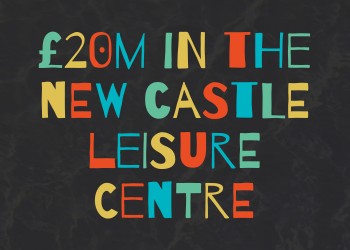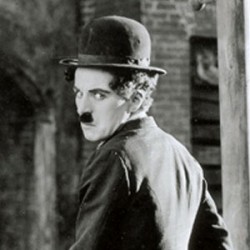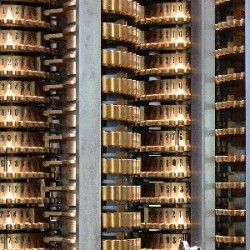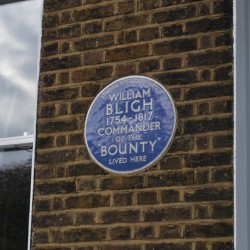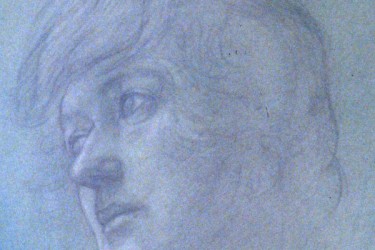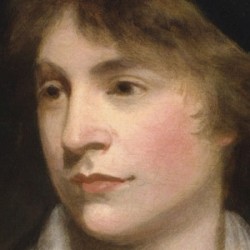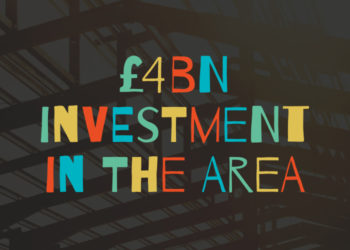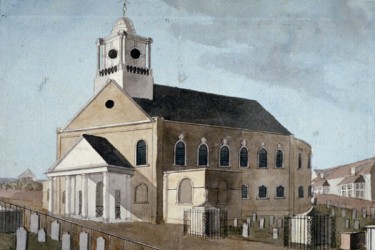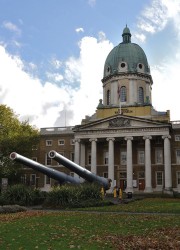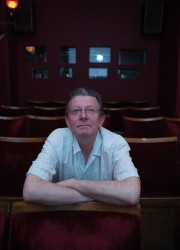Standing on the platform at Elephant and Castle station, for the first time in more than 50 years, you can now look to the west and admire the Tabernacle’s impressive portico.
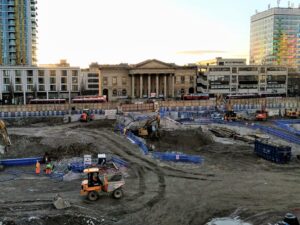
This view, which had been hidden by the shopping centre since the 1960s, is one of the many reminders of our neighbourhood’s rich history. At one time, the Tabernacle was home to the largest independent Baptist congregation in the world.
The roots of the Baptist faith lie in the English Dissenting movement of the 1600s. Following the Church of England’s break with Rome (1537), various groups of English Christians became dissatisfied with the established church. Some of these dissenters, like the Puritans, attempted to reform Anglicanism from within, while other groups broke off entirely to form their own churches.
Two English exiles, John Smyth and Thomas Helwys, created one such group in Amsterdam in 1607.
Smyth and Helwys believed the Bible was the only guide to Christian living and that the only valid church would be one that comprised believers who had been baptised after a personal confession of faith. Their breakaway group baptised its first believers in 1609 and, in the process, they gave birth to the Baptist movement. After Smyth’s death, Helwys took over the leadership and he and his followers returned to England in 1611.
The origin of the Metropolitan Tabernacle congregation dates back to 1650. At this time, the government was actively suppressing non-Anglican Christians. For its first couple of decades, the Tabernacle group appears to have been fairly informal (no doubt due to persecution) but, in 1688, the congregation opened its first chapel on Carter Lane, close to where the London Bridge Hospital stands on Tooley Street today.
The group flourished and, under Pastor John Rippon (1776-1836), it became one of the largest Baptist congregations in the country, prompting a move to New Park Street (by Borough Market) in 1833. The new chapel could seat 1,200 people.
Charles Haddon Spurgeon, who would become the Metropolitan Tabernacle’s most famous pastor, was born the following year.
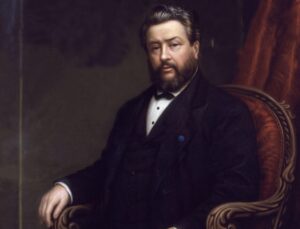
In 1850, at the age of 15, Spurgeon had a conversion experience. Within a year he had become pastor of a church in Cambridgeshire and, within three, he had published his first gospel tract.
He took over as pastor of New Park Street church when he was only 19. The charismatic young preacher’s sermons were wildly popular. In fact, by the age of 22, Spurgeon was the most popular preacher in the UK. He attracted the kind of crowds and hype that we associate with rock stars today.
Attendance at services quickly outstripped the capacity of the New Park Street chapel (even after an expansion) and the congregation adapted by renting space in the Surrey Music Hall (which stood roughly where Pasley Park in Walworth is today). On 1 October 1856, the first service saw 10,000 people crowd into the Music Hall and as many again listening from outside. Unfortunately, it ended in tragedy when someone inside the building shouted “Fire!” The ensuing panic and crush killed seven people. Spurgeon would carry grief and guilt over the deaths for the rest of his life.
Services at the Surrey Music Hall restarted in November, routinely drawing 10,000 people, but ended in December when Spurgeon objected to a series of Sunday evening concerts begun by the Music Hall (as they broke the Sabbath). At this point he appears to have moved his services, temporarily, to the Crystal Palace in Sydenham. In 1857, Spurgeon preached to a huge crowd here of more than 26,000 people.
However, plans were already afoot to build a new, permanent home for the congregation.
Spurgeon and his associates chose the Elephant and Castle site, as it was believed to be where three Protestants – the Southwark Martyrs – had been burnt at the stake in 1557, during the reign of Queen Mary I (Bloody Mary).
The new Metropolitan Tabernacle, which originally featured an auditorium seating 6,000 people, was completed in 1861.
Spurgeon was not just a preacher and pastor. He was also involved in evangelism and philanthropy. In 1856, he founded a college to train pastors (which would eventually be known as Spurgeon’s College) and, once the new Tabernacle was ready, the New Park Street chapel was sold and the proceeds used to build alms-houses (an early kind of sheltered accommodation).
the Tabernacle was home to the largest independent Baptist congregation in the world
In 1867, Spurgeon also founded the Stockwell Orphanage to care for vulnerable boys (and later, girls too). It appears to have been the favourite of all his institutions and, for many years, he would use his birthday to raise funds for the orphanage. This included holding one of London’s largest bazaars.
The orphanage remained in Stockwell until the Second World War, when the staff and children were evacuated to Reigate. The site was later destroyed in the Blitz.
In 1951, the orphanage moved to Kent but eventually closed in 1979. However, the work Spurgeon started in 1867 continues to this day through the charity, Spurgeon’s, which works with young people and vulnerable families.
Spurgeon (unlike many of the Baptists in America) was also staunchly in favour of abolishing the slave trade. In 1873, he hosted the Fisk Jubilee Singers at the Tabernacle. The singers were an a cappella group from Tennessee, many of whom were former slaves. The proceeds from the 10,000-strong audience helped pay for Jubilee Hall, the first permanent building on what is now the Fisk University campus in the USA.
In 1892, Spurgeon died while in Menton, France. Four 12-hour-long memorial services were held in Elephant and Castle before the funeral, and on the day itself, extra public transport and police were laid on for the estimated 100,000 mourners. The funeral procession – from the Metropolitan Tabernacle to Stockwell Orphanage and on to West Norwood Cemetery – stretched for two miles, as locals lined the streets and closed their shops to pay their respects.
Most of the original Tabernacle building was destroyed by fire in 1898 just a few years after Spurgeon’s death. Only the basement and front portico survived. It was rebuilt to the same design but this second version of the building was hit by a bomb during the Blitz on the night of 9 May 1941. Again, only the basement and front portico survived.
The building we see today was rebuilt, for the third time, in 1957, when much of the surrounding bomb-damaged neighbourhood of Elephant and Castle was also being redeveloped.
The Tabernacle was rebuilt on the perimeter of the old building, preserving those parts which had survived but with a significantly smaller interior and new wings on either side.

